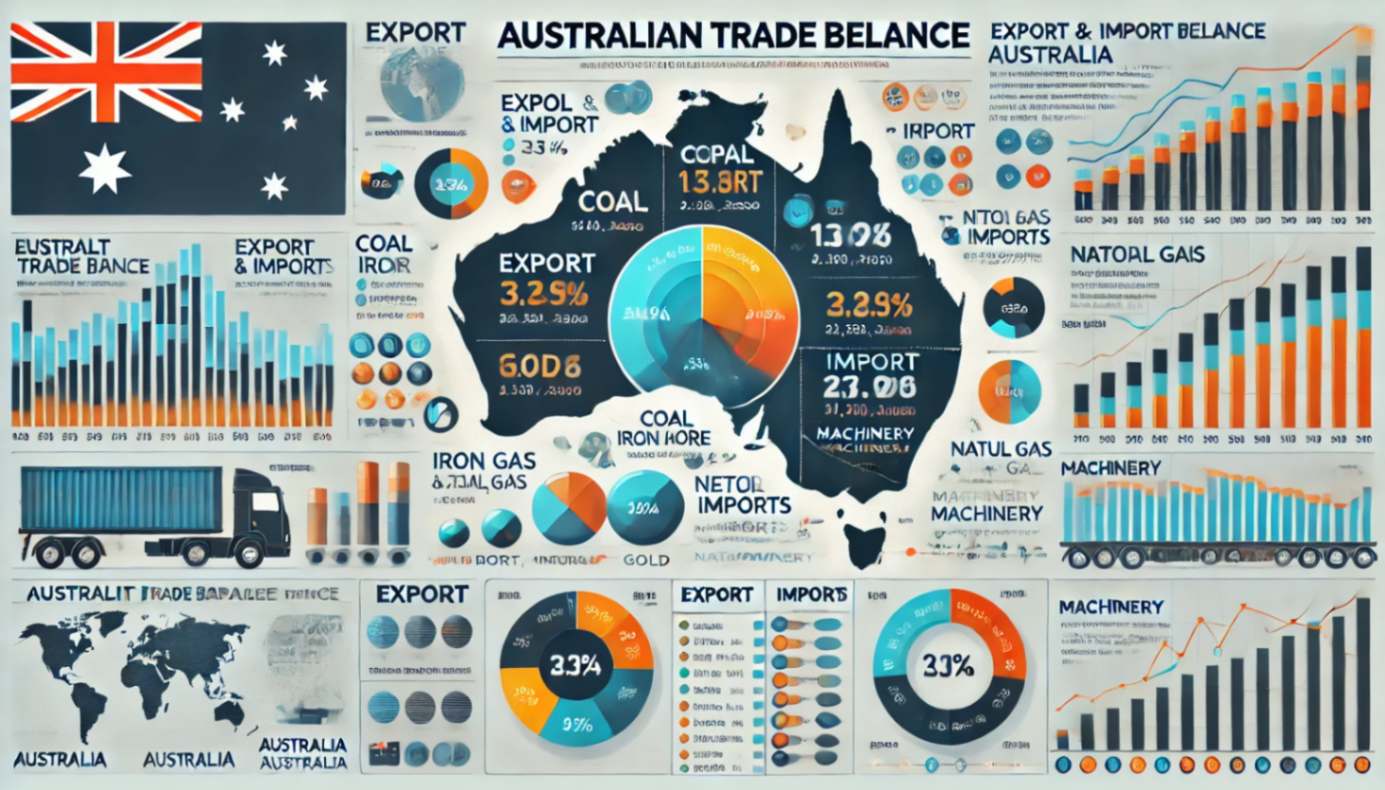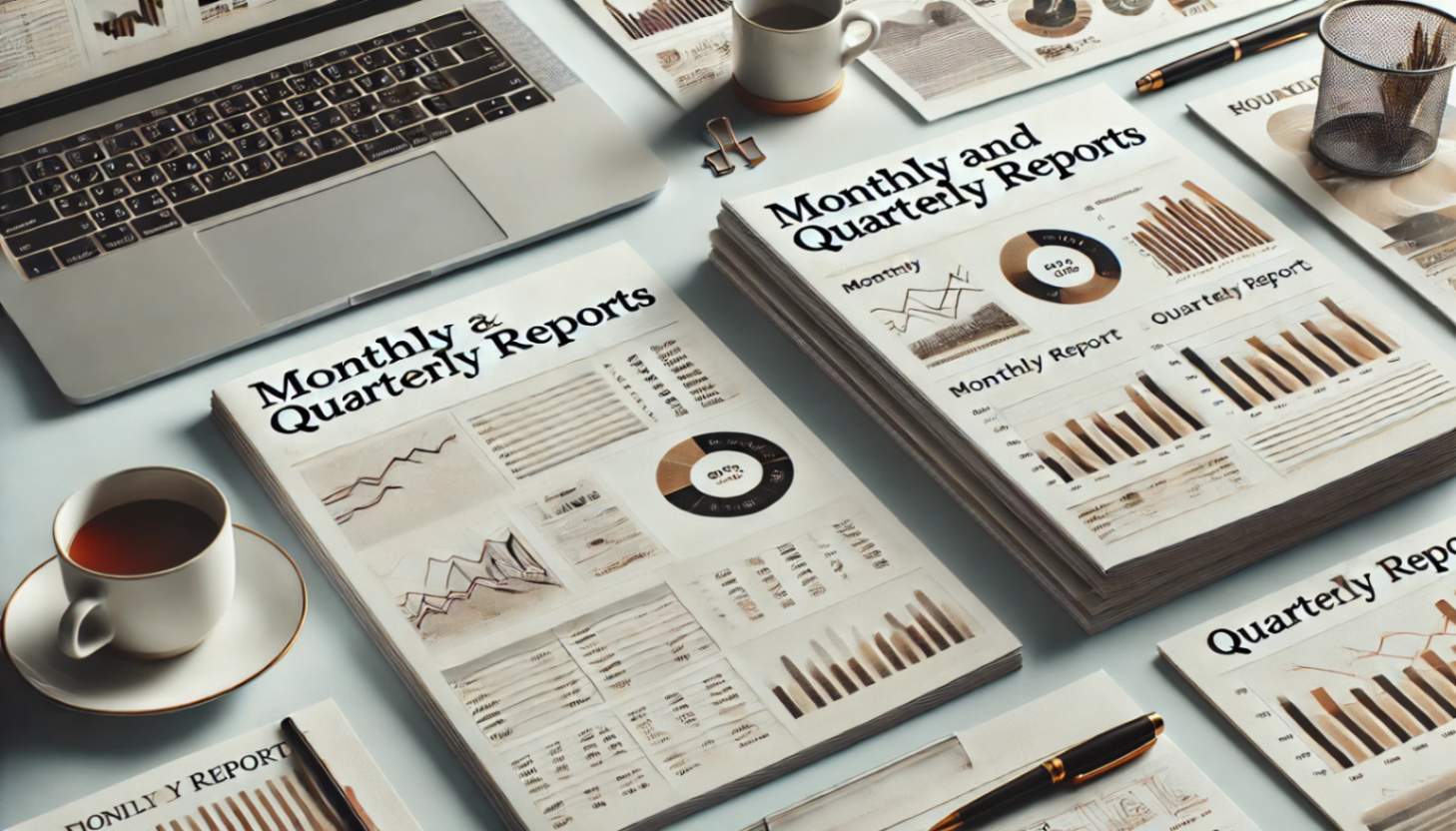The Australian trade balance is a hot topic for currency traders worldwide. It’s like a weather vane, guiding them through the turbulent seas of the forex market. In this detailed article, we’ll dive into the nitty-gritty of Australia’s trade balance, exploring its significance, current trends, and what it means for those who trade currencies. Buckle up; it’s going to be an informative ride!
Introduction to the Australian Trade Balance
Australia, with its rich natural resources and robust agricultural sector, plays a crucial role in the global economy. The trade balance, which measures the difference between exports and imports, is a critical indicator of the country’s economic health. But why should currency traders care about it? Let’s unravel this mystery.

Why the Trade Balance Matters
The trade balance isn’t just a boring economic term; it’s a vital cog in the forex trading machine. A positive trade balance means more exports than imports, indicating a strong economy and potentially a stronger currency. Conversely, a negative trade balance can signal economic troubles, leading to a weaker currency.
Australia’s Major Exports and Imports
Australia’s trade balance is influenced by its exports, like iron ore, coal, and agricultural products, and imports, such as machinery and consumer goods. Understanding these components can help traders predict currency movements.
Current State of the Australian Trade Balance
So, where does Australia stand today? Recent reports show a fluctuating trade balance, reflecting global economic uncertainties.
Recent Trade Balance Figures
In the past year, Australia has seen its trade surplus shrink. Exports have taken a hit due to global demand shifts, while imports have remained steady or increased. This imbalance poses challenges for currency stability.
Factors Influencing Recent Changes
Several factors contribute to these changes. Global economic slowdowns, geopolitical tensions, and changing commodity prices all play a role. For instance, China’s reduced demand for iron ore has significantly impacted Australia’s export earnings.
Implications for Currency Traders
Alright, let’s get to the juicy part. How does all this impact currency traders?
Exchange Rate Volatility
A fluctuating trade balance leads to exchange rate volatility. Traders must stay on their toes, ready to pounce on opportunities or avoid pitfalls.
Interest Rate Adjustments
Central banks, like the Reserve Bank of Australia (RBA), monitor the trade balance closely. A persistent deficit might lead to interest rate cuts to stimulate the economy, affecting the Australian dollar’s value.
Analyzing Trade Balance Data
Data is king in forex trading. Let’s explore how traders can analyze trade balance data effectively.
Monthly and Quarterly Reports
The Australian Bureau of Statistics releases monthly and quarterly trade balance reports. Traders should scrutinize these reports for trends and anomalies.
Seasonal Adjustments
Australia’s trade balance can be seasonal. For example, agricultural exports might peak during harvest seasons. Traders must account for these fluctuations in their strategies.
Economic Indicators Linked to Trade Balance
Several economic indicators are linked to the trade balance. Understanding these can provide a clearer picture of future currency movements.
Gross Domestic Product (GDP)
A strong trade balance contributes to GDP growth. Conversely, a weak trade balance can drag GDP down, influencing currency strength.
Inflation Rates
Inflation rates can be affected by the trade balance. A surplus can lead to inflationary pressures, prompting central banks to adjust interest rates.
Global Economic Factors
Australia doesn’t exist in a vacuum. Global economic factors heavily influence its trade balance.
Commodity Prices
Australia is a major exporter of commodities. Changes in global commodity prices directly impact its trade balance. Traders should keep an eye on these prices.
Trade Agreements and Tariffs
Trade agreements and tariffs can either bolster or hinder Australia’s exports and imports. Recent trade tensions between major economies have had ripple effects on Australia’s trade balance.
Strategies for Currency Traders
Alright, it’s time to get practical. What strategies can currency traders employ based on the Australian trade balance?
Hedging Against Volatility
Given the volatility linked to the trade balance, hedging strategies can be effective. Traders can use options and futures to protect against adverse currency movements.
Diversification
Diversifying trading portfolios can mitigate risks. Instead of relying solely on the Australian dollar, traders can explore other currencies influenced by different economic factors.
Case Studies: Trade Balance Impacts
Let’s look at some real-world examples of how the trade balance has impacted the Australian dollar.
The Iron Ore Boom
During the early 2000s, Australia’s trade balance saw a significant surplus due to booming iron ore exports to China. The Australian dollar strengthened considerably, benefiting traders who had bet on its rise.
COVID-19 Pandemic
The pandemic disrupted global trade, impacting Australia’s exports and imports. The trade balance fluctuated wildly, leading to significant currency volatility.
Technological Tools for Analysis
In today’s digital age, traders have access to a plethora of tools for analyzing the trade balance.
Forex Trading Platforms
Platforms like MetaTrader provide real-time data and analytical tools. Traders can set alerts for significant changes in the trade balance.
Economic Calendars
Economic calendars highlight upcoming trade balance reports and other critical economic indicators. Traders can prepare in advance for potential market movements.
Common Mistakes to Avoid
Even seasoned traders can make mistakes. Let’s highlight some common pitfalls to avoid.
Ignoring External Factors
Focusing solely on Australia’s trade balance without considering global factors is a recipe for disaster. Always keep a global perspective.
Overtrading
High volatility can tempt traders to overtrade. Stick to your strategy and avoid making impulsive decisions based on short-term fluctuations.
The Future of Australia’s Trade Balance
What lies ahead for Australia’s trade balance? Predicting the future is tricky, but let’s explore some potential scenarios.
Renewable Energy Exports
Australia is investing heavily in renewable energy. If these exports take off, they could positively impact the trade balance and strengthen the currency.
Geopolitical Developments
Ongoing geopolitical tensions could either benefit or harm Australia’s trade balance. Staying informed about global events is crucial for traders.
Conclusion
Understanding the Australian trade balance is like having a map in the world of forex trading. It guides traders, helping them navigate the complexities of the market. By keeping an eye on trade balance reports, analyzing linked economic indicators, and employing sound trading strategies, traders can make informed decisions. The journey might be challenging, but with the right knowledge, currency traders can turn the Australian trade balance to their advantage.
FAQs
1. What is the Australian trade balance?
The Australian trade balance measures the difference between the value of the country’s exports and imports. A positive balance indicates a surplus, while a negative balance indicates a deficit.
2. How does the trade balance affect the Australian dollar?
A positive trade balance can strengthen the Australian dollar, while a negative balance can weaken it. Traders monitor the trade balance to predict currency movements.
3. What are Australia’s major exports?
Australia’s major exports include iron ore, coal, natural gas, and agricultural products like wheat and beef.
4. How can currency traders use trade balance data?
Traders can analyze trade balance data to predict currency movements. They can also use hedging strategies to protect against volatility and diversify their portfolios.
5. What global factors influence Australia’s trade balance?
Global economic conditions, commodity prices, trade agreements, and geopolitical events all influence Australia’s trade balance. Keeping an eye on these factors can help traders make informed decisions.






